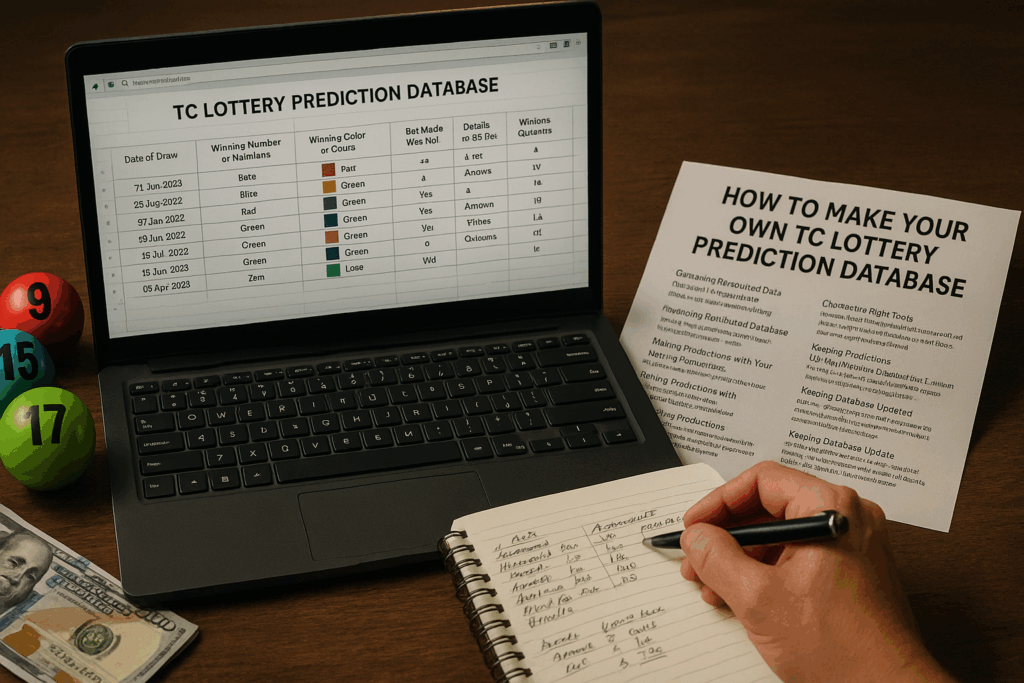
Table of Contents
Making a personal prediction database for the TC Lottery will help you a lot when it comes to finding patterns, figuring out what works, and coming up with better betting tactics. When you organize your lottery data in a methodical way, you create a useful tool that lets you make predictions based on facts instead of guessing.
Why make a database of your own predictions?
A personal prediction database is a consolidated compilation of your lottery results, bets, and observations. This enables you to study historical trends, find winning patterns, and fine-tune your strategy over time. Unlike depending entirely on memory or scribbled notes, a well-maintained database delivers clarity and practical insights.
Gathering the Required Data
To begin constructing your database, acquire thorough TC Lottery data, including:
- Dates for each lottery draw
- Winning Numbers and Colors
- Your bet specifics (numbers, colors, and amounts)
- Outcomes (win or lose).
- Any further comments or observations.
Consistently recording these details ensures your database’s accuracy and usefulness for analysis.
Choosing the Right Tools for Your Database.
Several solutions can help you efficiently organize and manage your lottery data:
Spreadsheet Software
Microsoft Excel and Google Sheets, for example, provide flexible and user-friendly platforms for data entry, sorting, and filtering. They can also generate charts and pivot tables for visual analysis.
Database Applications
Database management systems like Microsoft Access or MySQL provide advanced users powerful ways to store massive datasets and conduct complex queries.
Specialized Prediction Software
Some lottery players utilize specialized software for prediction and data tracking, which can automate aspects of data entry and analysis.
How to Arrange Your Database for Accurate Prediction
Use uniform formats and well-defined columns to arrange your database. Typical columns could consist of:
- Date of Draw
- Winning Number or Numbers
- The winning color or colors
- Bet Made (Yes/No)
- Details of the Bet
- Win/Loss outcome
- RemarksDate of Draw
- Winning Number or Numbers
- The winning color or colors
- Bet Made (Yes/No)
- Details of the Bet
- Win/Loss outcome
- Remarks
To prevent mistakes and promote efficient data analysis, maintain consistent data entry.
Making Predictions with Your Database
Once your database is ready, you may examine previous data to detect patterns such as commonly drawn digits or colors, streaks, and timing trends. Use filters, sorting, and visualization tools to investigate correlations and test theories. This method gradually contributes to the development of a personalized prediction model based on your observations.
